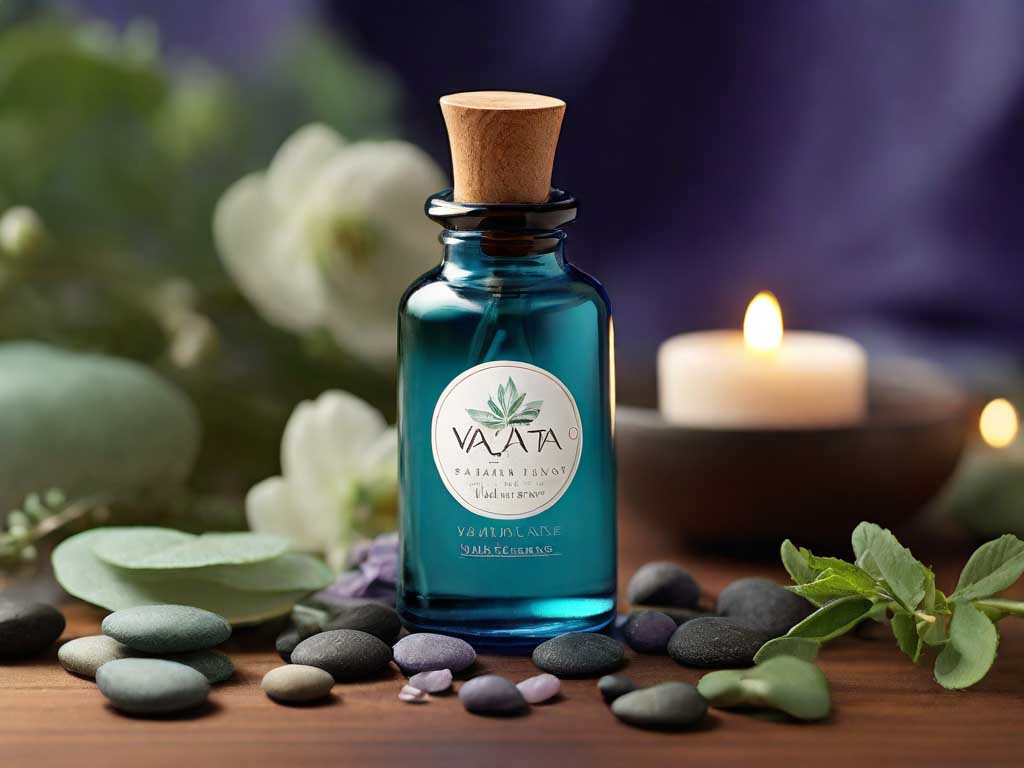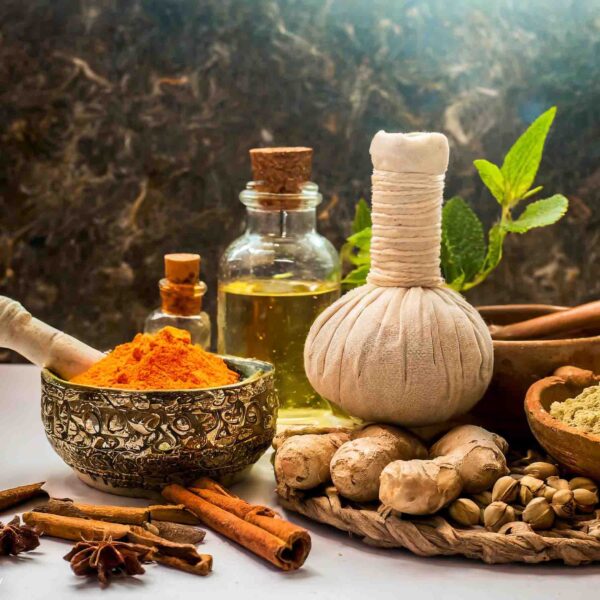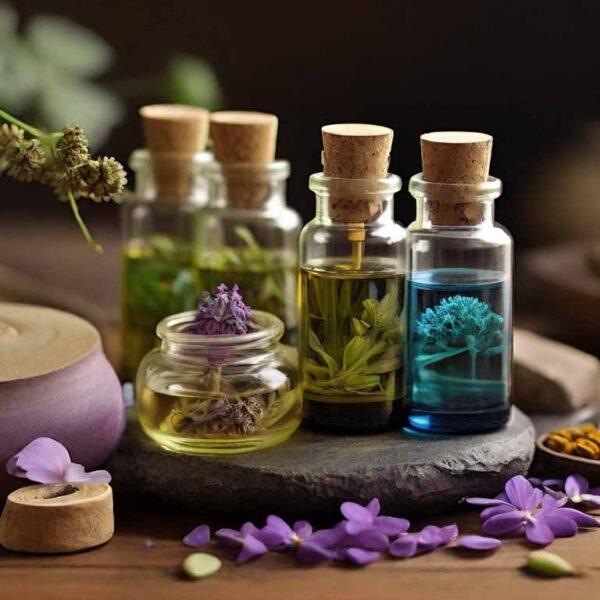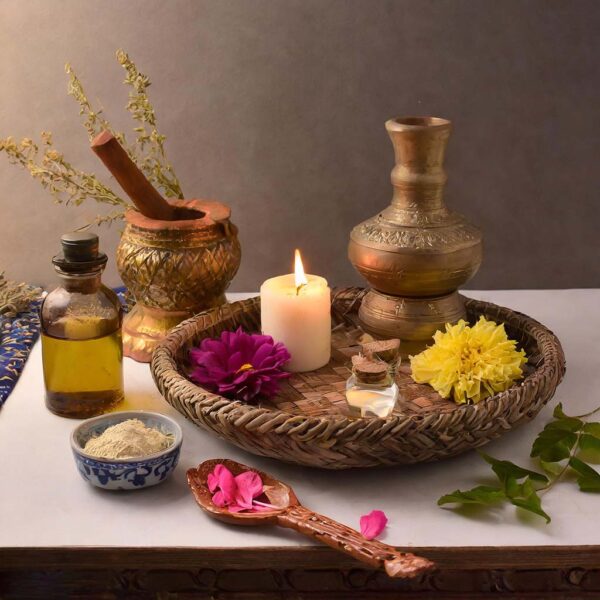
Vata Balancing Aromatherapy recipes: Techniques and Oils for Soothing the Air Element
Introduction:
In the ancient science of Ayurveda, Vata represents the air and ether elements, governing qualities of movement, creativity, and changeability. When Vata becomes imbalanced, individuals may experience feelings of anxiety, restlessness, and dryness. Aromatherapy offers a natural and effective way to restore harmony to Vata dosha, promoting a sense of calm and grounding. In this article, we’ll explore techniques and essential oil recipes for Vata balancing aromatherapy recipes to balance Vata, empowering individuals to incorporate these practices into their daily lives for holistic well-being.
Understanding Vata Imbalance:
Vata balancing aromatherapy recipes can help Vata imbalance to manifest in various ways, including insomnia, digestive issues, and anxiety. Factors such as stress, irregular routines, and environmental changes can exacerbate Vata dosha’s tendency towards imbalance. Aromatherapy provides a gentle yet potent approach to address these symptoms, offering relief and support for individuals seeking to harmonize their Vata energy.
Here are four DIY recipes for Vata balancing aromatherapy recipes
- Calming Vata Massage Oil:
- Ingredients:
- 2 tablespoons of sesame oil
- 5 drops of lavender essential oil
- 3 drops of sandalwood essential oil
- Directions:
- In a small glass bottle, combine the sesame oil with the lavender and sandalwood essential oils.
- Shake well to blend the oils thoroughly.
- Use this calming massage oil to gently massage the body before bedtime or whenever you need to relax and unwind.
- Ingredients:
- Soothing Vata Bath Blend:
- Ingredients:
- 1 cup of Epsom salt
- 5 drops of chamomile essential oil
- 3 drops of ylang-ylang essential oil
- 3 drops of bergamot essential oil
- Directions:
- In a bowl, mix the Epsom salt with the chamomile, ylang-ylang, and bergamot essential oils.
- Add the bath blend to warm running water as you fill your bathtub.
- Soak in the aromatic bath for at least 20 minutes to relax and soothe your senses.
- Ingredients:
- Vata-Balancing Room Spray:
- Ingredients:
- 2 ounces of distilled water
- 1 tablespoon of witch hazel or vodka (as an emulsifier)
- 10 drops of lavender essential oil
- 7 drops of cedarwood essential oil
- 5 drops of frankincense essential oil
- Directions:
- In a small spray bottle, combine the distilled water with the witch hazel or vodka.
- Add the lavender, cedarwood, and frankincense essential oils to the bottle.
- Shake well before each use, and spray the room to create a calming and grounding atmosphere.
- Ingredients:
- Vata-Relief Aromatherapy Roll-On:
- Ingredients:
- 1 tablespoon of jojoba oil
- 3 drops of patchouli essential oil
- 3 drops of neroli essential oil
- 2 drops of vetiver essential oil
- 1 roll-on bottle
- Directions:
- Pour the jojoba oil into the roll-on bottle.
- Add the patchouli, neroli, and vetiver essential oils to the bottle.
- Secure the roll-on cap and shake well to blend the oils.
- Apply the roll-on to pulse points such as wrists, temples, and neck whenever you need to calm and ground yourself.
- Ingredients:
These DIY recipes for Vata balancing aromatherapy recipes offer natural and effective ways to balance Vata dosha using aromatherapy techniques. Incorporate them into your daily self-care routine to promote relaxation, tranquility, and overall well-being.
Techniques for Balancing Vata with Aromatherapy:
- Abhyanga (Self-Massage): Abhyanga, or self-massage, is a traditional Ayurvedic practice that nourishes the skin, calms the nervous system, and balances Vata dosha. Incorporating aromatherapeutic oils into Abhyanga enhances its benefits, providing deep relaxation and rejuvenation. Choose warm, grounding oils such as sesame or sweet almond oil, and add a few drops of Vata-balancing essential oils such as lavender, sandalwood, or geranium.
- Aromatic Bath: Aromatic baths offer a luxurious way to unwind and soothe Vata imbalances. Create a calming bath blend by mixing Epsom salt with Vata-balancing essential oils such as chamomile, ylang-ylang, and bergamot. Allow the warm water and aromatic steam to envelop you, promoting relaxation and tranquility.
- Inhalation: Inhalation of essential oils is a quick and effective way to experience their therapeutic benefits. Diffuse Vata-balancing oils such as lavender, cedarwood, and frankincense in your home or workspace to create a calming atmosphere. Alternatively, add a few drops of essential oil to a bowl of hot water, cover your head with a towel, and inhale deeply for a few minutes to ease feelings of stress and anxiety.
- Aromatherapy Roll-On: Create your own Vata-balancing aromatherapy roll-on blend for on-the-go relaxation. Combine a carrier oil such as jojoba or fractionated coconut oil with Vata-calming essential oils like patchouli, neroli, and vetiver. Apply the roll-on to pulse points such as wrists, temples, and neck whenever you need a moment of calm and grounding.
Why Incorporate These Techniques into Daily Life?
Incorporating Vata balancing aromatherapy recipes techniques for balancing Vata into daily life offers numerous benefits for overall well-being. These practices help to calm the mind, soothe the nervous system, and promote relaxation, making them ideal for managing stress and anxiety. By integrating aromatherapy into daily self-care routines such as massage, bathing, and inhalation, individuals can cultivate a greater sense of balance, resilience, and vitality.
Conclusion:
Vata balancing aromatherapy recipes for balancing Vata with aromatherapy offers a natural and holistic approach to promoting well-being on physical, mental, and emotional levels. By incorporating techniques such as self-massage, aromatic baths, inhalation, and aromatherapy roll-ons into daily life, individuals can nurture their Vata dosha and cultivate a deeper sense of calm, grounding, and balance. Embrace the power of aromatherapy to harmonize Vata energy and enhance your journey towards optimal health and vitality.



